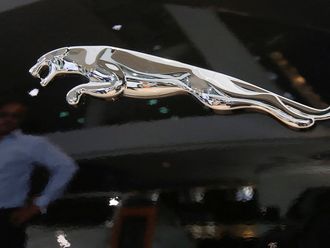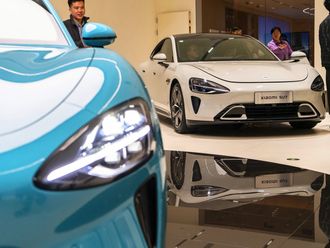New York: As prices for new vehicles continue to rise, the cost of an average new car may be a stretch for typical households.
A new analysis from Bankrate.com found that a median-income household in the US could not afford the average price of a new vehicle in any of the 50 largest cities in the country, though cars are more affordable in some cities than others.
“The new reality is that cars are becoming more expensive,” said Steve Pounds, a personal finance analyst for Bankrate. “People are having to make tough decisions about financing.”
The average price of a new car or light truck in 2016 is about $34,000 (Dh124,882), according to Kelley Blue Book. That’s in part because new cars are loaded with helpful but expensive safety features like collision-avoidance systems.
Bankrate calculated an “affordable” purchase price for major cities, using median incomes from US census data, and factoring in costs for sales taxes and insurance. In San Jose, California — the heart of Silicon Valley — the median income is about $84,000, and an “affordable” new car purchase price is about $33,000 — close to, but still below, the average new car price.
In lower-income cities, however, affordable purchase prices for a typical family are far below the average cost of a new car. In Hartford, Connecticut, where the median income is about $29,000, an affordable purchase price is about $8,000 — about a quarter of the average new-car price.
That sort of squeeze helps explain why many people are borrowing more, for longer periods of time, to finance a car purchase. Experian Automotive said that in the first quarter of this year, the proportion of new cars bought with the help of financing rose to more than 86 per cent, and the average loan amount topped $30,000, which is the highest since Experian began tracking the data.
The average term for a new-car loan is now 68 months and some loans stretch as long as seven years.
Auto leases are also becoming more popular because they often offer lower payments than a traditional car loan. Leases accounted for more than 30 per cent of new-car transactions in the first quarter, Experian reported. With a lease, the customer makes payments for a set period of time, then typically can choose either to return the car to the dealer or to buy it.
Longer-term loans carry risks. The Consumer Financial Protection Bureau warns that borrowers who take out long-term loans end up paying more for the car overall, and also run a greater risk of being “upside down” on the loans, meaning owing more than the car is worth.
If you have to abandon those guidelines, the car you want may simply be too expensive. “To me, if you need to finance to five, six or seven years, you can’t afford it,” said Jeff Bartlett, deputy cars editor at Consumer Reports.
— New York Times News Service












